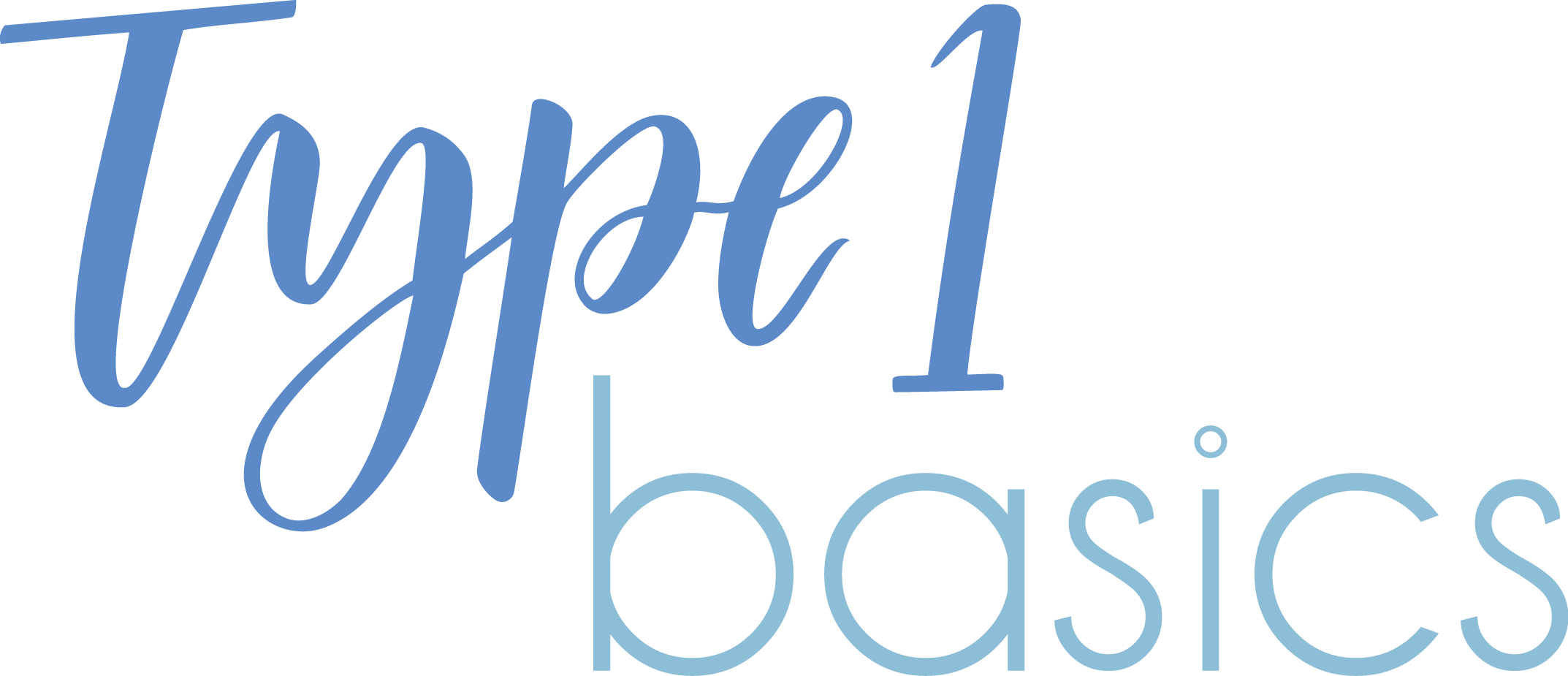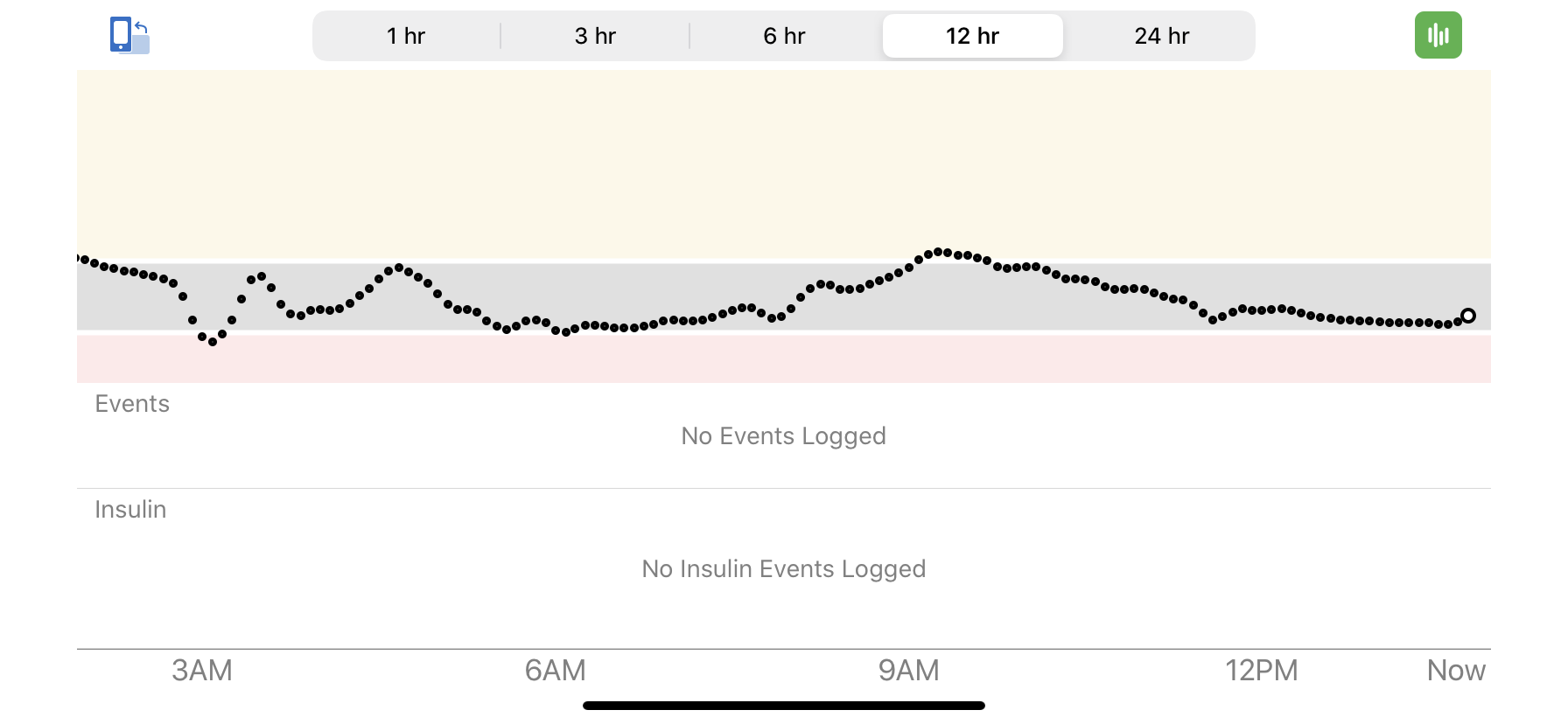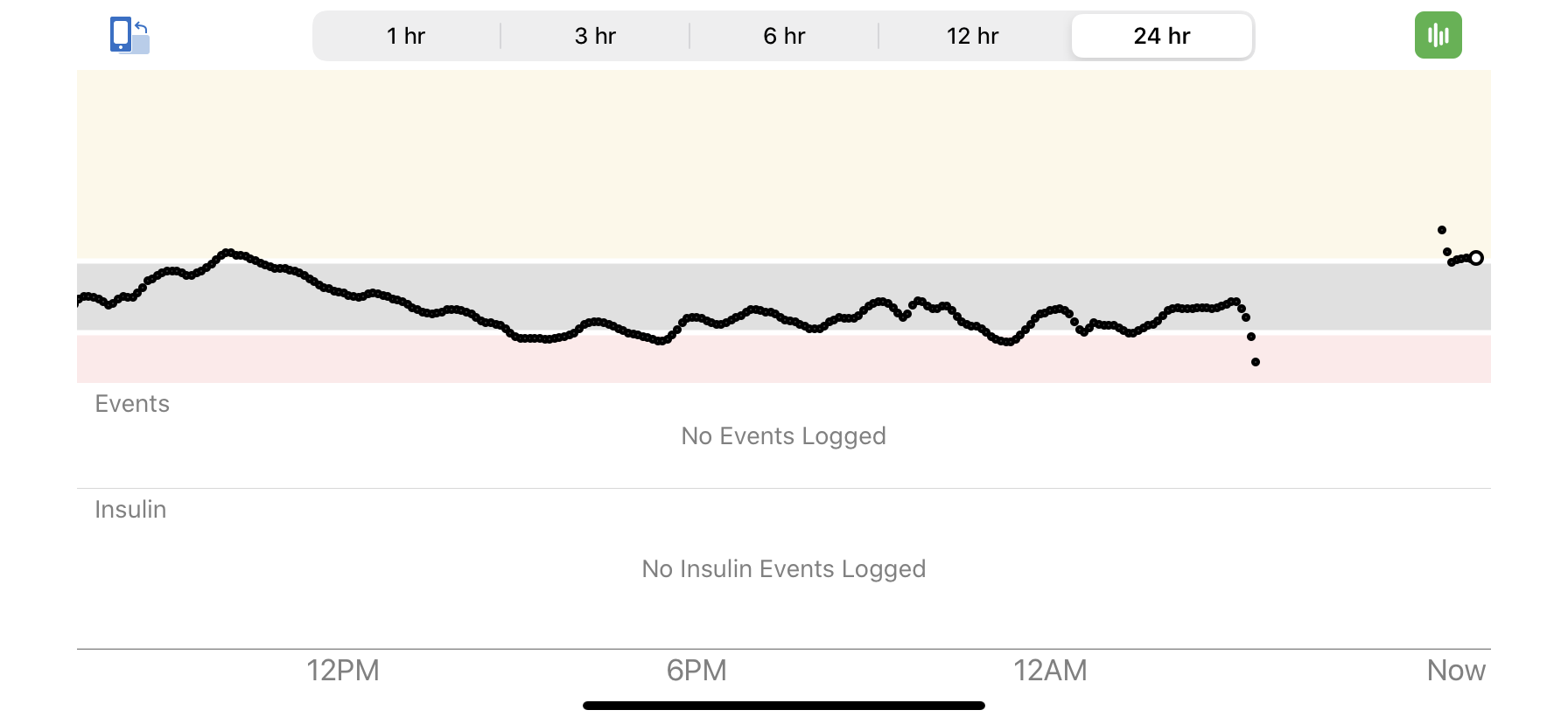Fasting with Type 1 Diabetes and DIY Loop
It is the last day of Ramadan 2020, and I am so excited that the month has gone as well as it has as far as my blood sugars are concerned. I realize that in my last post I didn't really discuss the specifics of how I managed them this year from a practical standpoint, so I wanted to talk a little about the settings I used this year.
Just like last year, it took a while for my body to adjust to the new routine as far as eating so early in the morning and eating a big meal later than normal. Our kids usually need to eat by 6 so they can go to sleep by 7 (all that has been out the door since the combination of Ramadan and quarantine but hopefully I can wrangle them back into normal bedtime routines soon), so eating after 7.30pm was an adjustment for my body.
This year I actually have a written log of what I was doing because a good friend introduced me to a co-worker who was also fasting while Looping so we could compare notes with each other (it was such a nice experience to talk to someone who completely understood exactly what I was going through not just with reconfiguring settings but with the emotional aspect of choosing to fast which deserves it’s own post). So this blog is basically going to consist of me going back to those emails to pull what I shared with him.
This was a normal graph in week 1 of Ramadan. I didn’t capture any screenshots of the lows but JC can attest to throwing juiceboxes at me at night.
In the first week of Ramadan, I used a “Ramadan” override in Loop with a 30% decrease in all my settings during the day and another “Post-Iftar” override with a 140% increase to prevent the post-iftar spike along with a good 20 minute pre-bolus. I struggled with going low at night even though Loop had been cutting off my insulin for a few hours and I wasn’t entering in my correction carbs. I thought the Post-Iftar override was too aggressive and catching up with me later at night, even though it seemed to work fine until 10 pm. I was also running on the high side in the morning after Sehri. I changed a few settings (lowered my ISF value in those post-Sehri hours and also increased my basal). My husband wanted me to put in a disclaimer about my night-time lows, and how you need to be especially vigilant about not being aggressive at night in case you are prone to sleeping through your alarms. If I didn’t have him and know that he is amazing at waking up for alarms and taking care of me, I don’t know if I would have stuck through with fasting.
The second week, I cut out the post-iftar override. I’m pretty sure I was being too aggressive which is what was causing my nighttime lows. Instead I changed my carb ratio for the evening by a bit (made that a little more aggressive) and tried to be really good about using a pre-bolus for at least 30 minutes before iftar. The highest I went was to 170 after iftar on the days I wasn’t as good about pre-bolusing (kids bedtimes, making Iftar, etc.) I had pretty good luck with those settings (I had to let myself eat a date the other morning when I missed sehri). I would trend in the 120’s-130’s (sometimes 140s, thats what I have my high alert set to) for the first half of the day. Then later in the afternoon I tend to start to dip a bit but not enough to make me need to break my fast.
The third week, I started going low at night again. So I dialed back my carb ratio and ISF so it wasn’t as aggressive at Iftar anymore. I started using the override right after sehri otherwise was would go low later. I was not good at pre-bolusing for sehri but I was usually trending lower at that time in the morning so it seemed to work out. I just don’t have the self-discipline to wake up that much earlier! I found that the further we got into Ramadan, the less aggressive I had to be during meal times as my body adjusted to the new routine.
Week 3 of Ramadan
This last week of Ramadan has been beautiful. I started using the auto bolus for after iftar along with a pretty good pre-bolus before eating. I also have it on during sehri and managed to not even bolus manually for sehri which is crazy because I eat about 50 carbs worth in the morning. But then I turn off the autobolus feature during the rest of the day and go back to my 70% override. One of those lows around midnight is a compression low so ignore that. But I didn’t need to eat for any of the times I went down to 70 because Loop just brought me back into range perfectly.
Last 24 hours of Ramadan. I had a sensor error followed by a new sensor and transmitter during that gap in the graph.
I used a combination of overrides and changing settings this year unlike last year where I only used overrides. I changed my ISF and carb ratios during the new meal times because of the need to be more aggressive, but thankfully it is easy enough to go back and adjust those as needed pretty easily. My basals are a little more complicated. I know some people (including my husband) can manage with just the one basal 24/7. I have 7 different ones, ranging from 0.9-1.25. It’s not huge but it makes a big difference for me. So I feel like changing my actual basal’s for Ramadan would have been really difficult, and using the override to scale it back has worked(ish). I have two different overrides, one that is more cautious (70%) and the other is 90%. I have my high alert set to 140 and when I see it climbing above that I either switch to the 80% override, or just turn it off altogether for a bit. And then if I see I’m trending lower again I just turn it back on, and it has worked for the most part. This leniency is probably why I still had a few lows this month (I had to break my fast by letting myself eat either half or a full date about 6 times).
It probably helps that I don’t really do a traditional iftar at home as much as just eating half a date with water to break my fast, praying and then skipping right over to dinner (which is not low carb, we’ve had anything from pasta one day to naan with kabobs the next). I think we only had pakoras on the first two Iftars, and I don’t know if my post meal spikes were because of the extra Iftar I ate or because I still hadn’t figured out settings?
A friend shared an article about the physical impacts of fasting with me that helped me adjust my strategy during Ramadan. I don't know anything about the sources or relevant studies pertaining to this or the actual science around any of it (I would imagine the cleansing aspect is only relevant if you are eating clean meals and not binging on samosas and pakoras for iftar) but this has been in line with my own personal experience. I added my thoughts on the impact on blood sugars in italics.
Stage 1: During the first couple of days of fasting, both blood sugar levels and blood pressure drop. The body starts the cleansing process. The first few days are the hardest. There are more rollercoasters around meal time as you struggle to find a balance between being overly cautious during the daytime to prevent lows and overly aggressive in the evening to prevent highs.
Stage 2: During the second stage, the body becomes accustomed to the new schedule and the digestion system is able to rest. The digestive system focuses it’s energy on cleansing the body and healing the cells. During this stage, the organs start their repair process. Fewer rollercoasters as you adjust settings, still a few lows during the day that probably would have bounced back up with the cut off basal from Loop. Less spikes around meals.
Stage 3: Energy levels increase, your mind is able to concentrate better and a feeling of wellness overtakes you. During this stage, the colon, kidney, liver, lungs and skin are eliminating toxins. A lot more stability in blood sugars and the ability to relax on how aggressive you are around meals as your body has adjusted to the new routine.
Stage 4: During the last 10 days of fasting, your body has become more energetic and your memory and concentration has improved. The body is able to function at it’s maximum capacity. Beautiful graphs, a deep trust in your routine and settings and Loop’s ability to level you out even if you dip down to 68 during the daytime.



